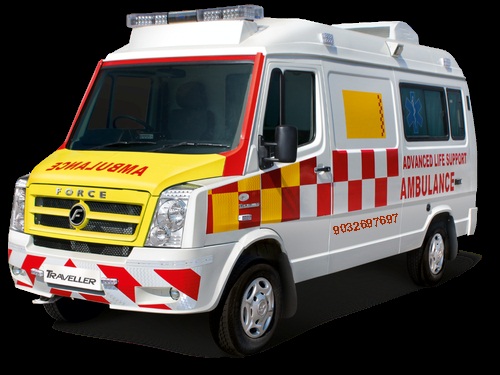
Typically, ambulance services are designed to transport living individuals who require medical assistance or urgent care. However, in some cases, ambulance services may be used to transport deceased individuals, especially if there are specific circumstances or requirements involved. Here are a few scenarios where ambulance services might be involved in transporting a deceased body: With Dead body freezer box in ambulance fitted.
Emergency Situations: In cases where someone passes away suddenly or unexpectedly outside of a medical facility, an ambulance might be called to the scene to assess the situation. If the individual is confirmed deceased, the ambulance may transport the body to a hospital or a medical examiner’s office. Medical Examiner’s Cases: When there’s a need for an autopsy or further investigation into the cause of death, the ambulance service may be utilized to transport the body from the place of death to the medical examiner’s office.

Hospice or Palliative Care: In some cases, individuals may pass away while under the care of hospice or receiving palliative care at home. Ambulance services may be utilized to transport the deceased individual from the home to a funeral home or mortuary.
Special Circumstances: There may be special circumstances where ambulance services are requested to transport a deceased body, such as in cases of mass casualties or disasters where there’s a need for organized transport of bodies. In any case, if you require the services of an ambulance to transport a deceased individual, it’s essential to communicate the situation clearly to the emergency services dispatcher so that appropriate arrangements can be made. Additionally, funeral homes or mortuaries may also offer transportation services for deceased individuals, which can be arranged separately if needed.